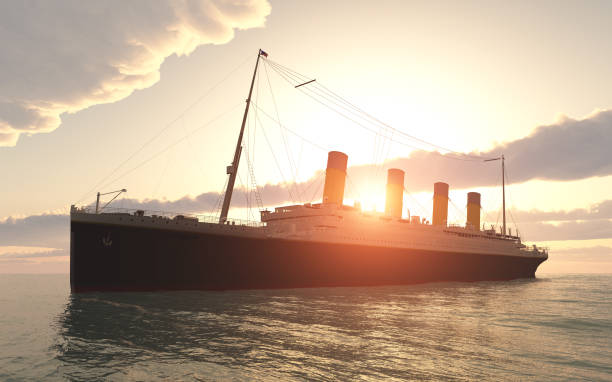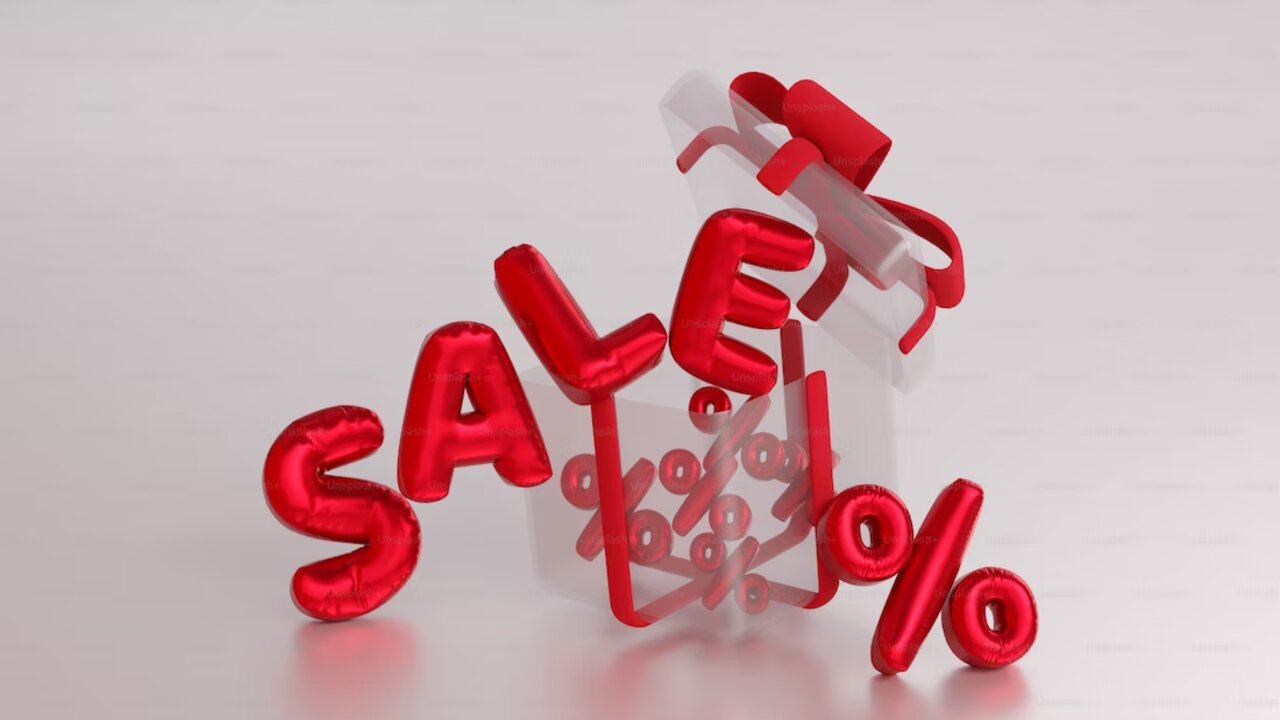Have you ever wondered how long a score is? In an age where we rely on digital clocks and smartphones to keep track of time, the concept of historical timekeeping may seem foreign.
However, delving into the past reveals fascinating insights into how our ancestors measured time and understood its passage.
From sundials to water clocks, the evolution of timekeeping has profoundly shaped human civilization, influencing everything from agriculture to trade.
Join us as we journey through history to unravel the mysteries of time measurement and explore how different cultures have conceptualized the elusive score.
By understanding the historical roots of temporal awareness, we gain a deeper appreciation for the complexities of time and how it has shaped our world.
Table of contents
How Long is a Score?
A score spans 20 years. The Old Norse word “skor,” which refers to a notch, mark, or incision in rock, is where the term “score” first appeared. It comes from the Old English word “scoru,” which means “twenty.”
The Proto-Germanic word “skur,” which means to cut, may also be the source of the word “score.” Additionally, the custom of counting sheep or animals from one to twenty and noting a notch or “score” on a stick is where the name “score” originated.
A new notch is marked, and twenty more sheep are tallied. Consequently, each “score” or mark on the stick stands for twenty sheep.
Read Also: How Long Does Microblading Last – Cosmetic Endurance Understanding
Historical Significance of the Score
Here are some key points about the historical significance of the score:
- It has been an essential tool for coordinating musical ensembles since the 13th century.
- Its evolution has paralleled the development of Western music, from simple monophonic melodies to complex polyphonic and orchestral works.
- It records a composer’s musical ideas and intentions, providing a guide for performers and scholars.
- It is a physical manifestation of musical creativity, capturing the essence of a composition in a tangible form.
The score has played a pivotal role in shaping the history of music, providing a framework for musical expression and interpretation. Its enduring significance lies in its ability to capture the essence of a musical composition and transmit it across generations.
Read Also: How Long Do Shih Tzus Live – Canine Lifespan Knowledge
How Long is “Four Score and Seven Years?”
Four scores and seven years is a phrase famously used by Abraham Lincoln in his Gettysburg Address, but what exactly does it mean in terms of time? In numerical terms, a score refers to 20 years, so four would equate to 80 years.
Adding seven more years to that brings the total to 87. This description creates a sense of historical grandeur and emphasizes the significance of the referenced time.
If a Score is 20, What is 10?
When considering the proposition if a score is 20, what is 10, it’s essential to approach it from both mathematical and contextual standpoints.
In purely numerical terms, the relationship between 20 and 10 can be explored through division and relative value concepts. Mathematicians often define the relationship as one of halving – that is, 20 divided by 2 equals 10.
This interpretation sheds light on the proportional aspect of numbers, emphasizing how they interact within a given system.
How Much is a Score in Maths?
In mathematics, a score refers to the number twenty. This archaic term, derived from Old Norse, has been used centuries to denote a specific quantity in various numerical contexts. Its historical significance adds an intriguing layer of depth to the seemingly simple concept of a score in mathematics.
Interestingly, this unique terminology has endured and remains relevant in modern mathematics discussions about numerical values and measurements.
Read ALSO: How Long Do Movies Stay in Theaters: Entertainment Industry Insights for Cinema Enthusiasts
FAQs
A historical score in music can vary in length, but it typically ranges from a few minutes to several hours, depending on the composition and style.
Reading historical musical scores can take varying amounts of time depending on the individual’s experience and dedication. Still, with consistent practice, it is achievable within a few months to a year.
Transcribing a lengthy historical musical score can be time-consuming and may vary based on complexity, but it generally takes several weeks to months for an experienced transcriber.
The concept of musical scoring has been used throughout history, dating back hundreds of years and evolving to its modern form.
Conclusion
The concept of a score as a unit of time has evolved throughout history, reflecting changes in societal needs and technological advancements. From biblical references to modern-day interpretations, understanding time in scores illustrates humanity’s attempts to measure and organize their existence.
By examining historical perspectives on time measurement, we gain insight into how human perception and societal structures have shaped our understanding of time.






